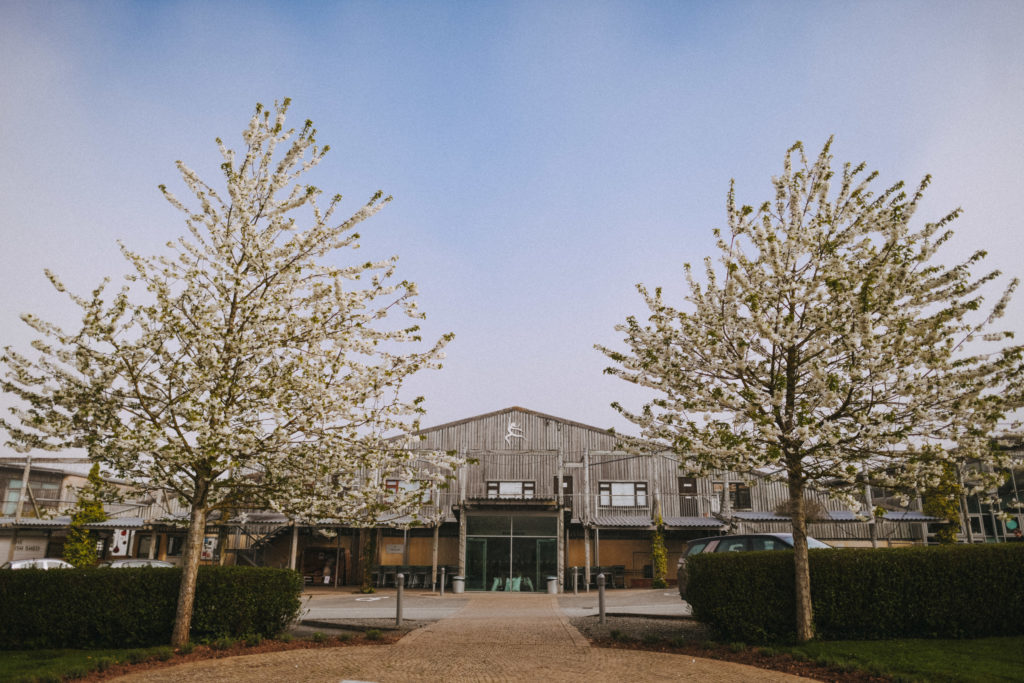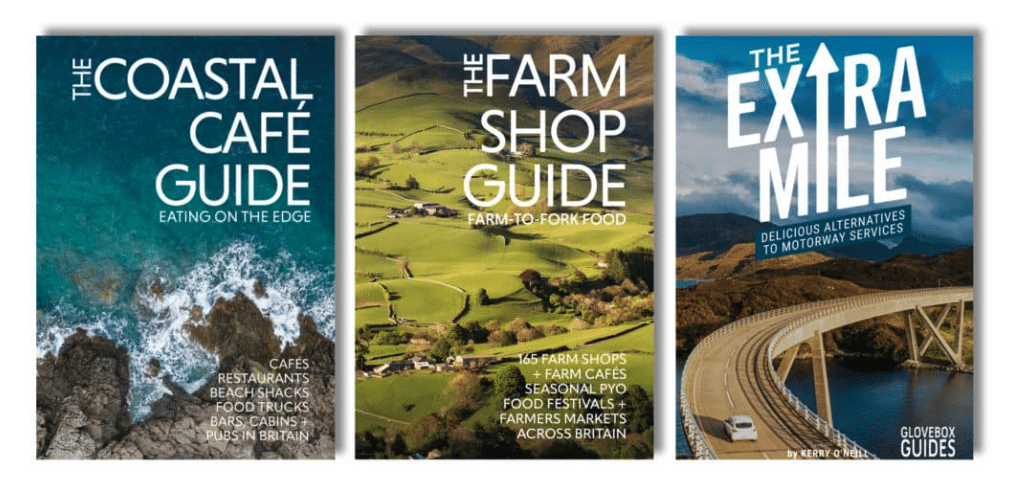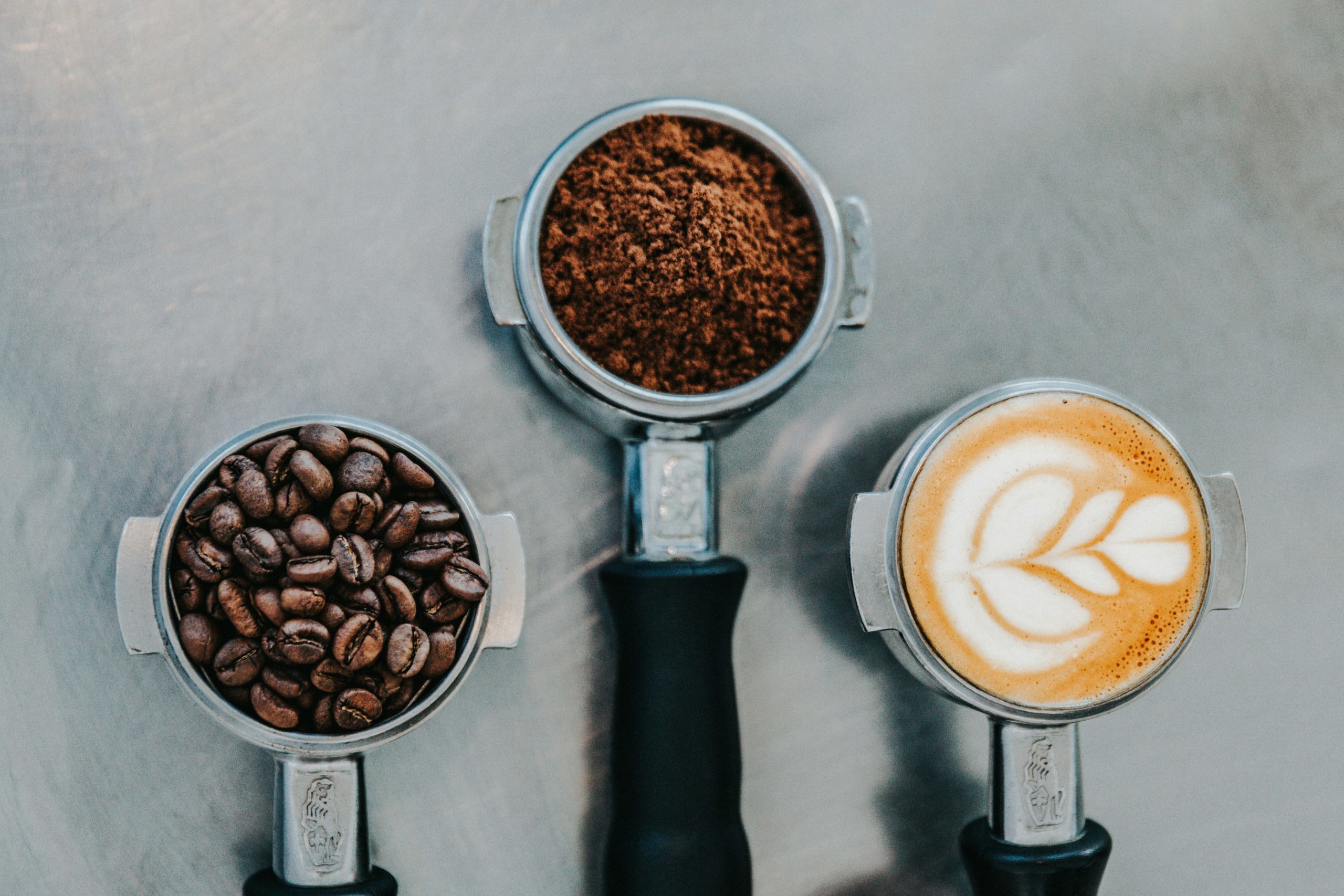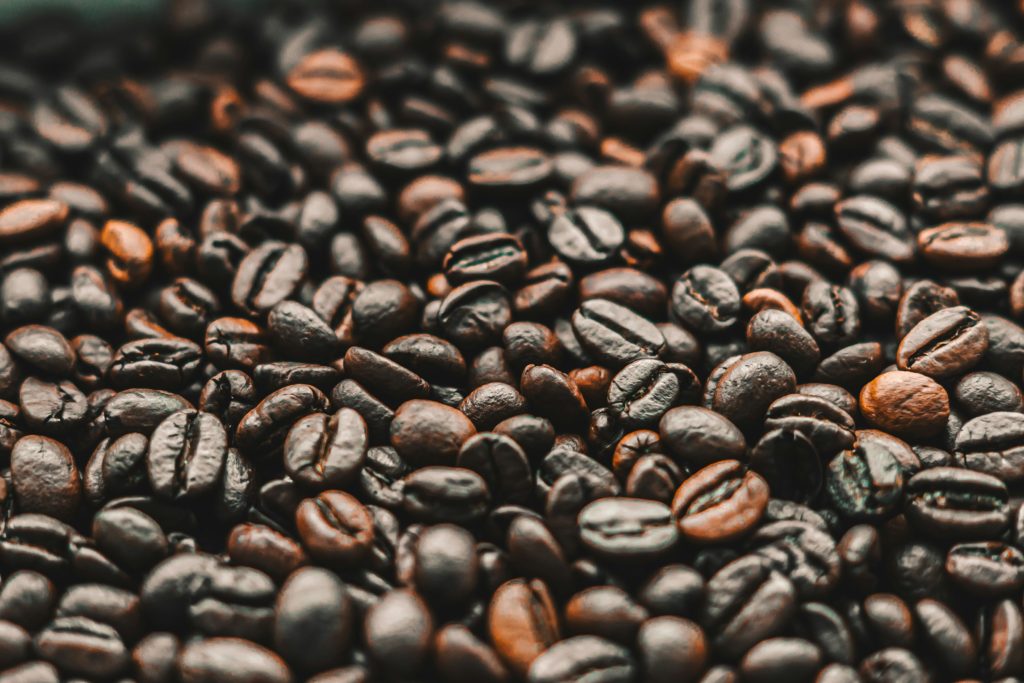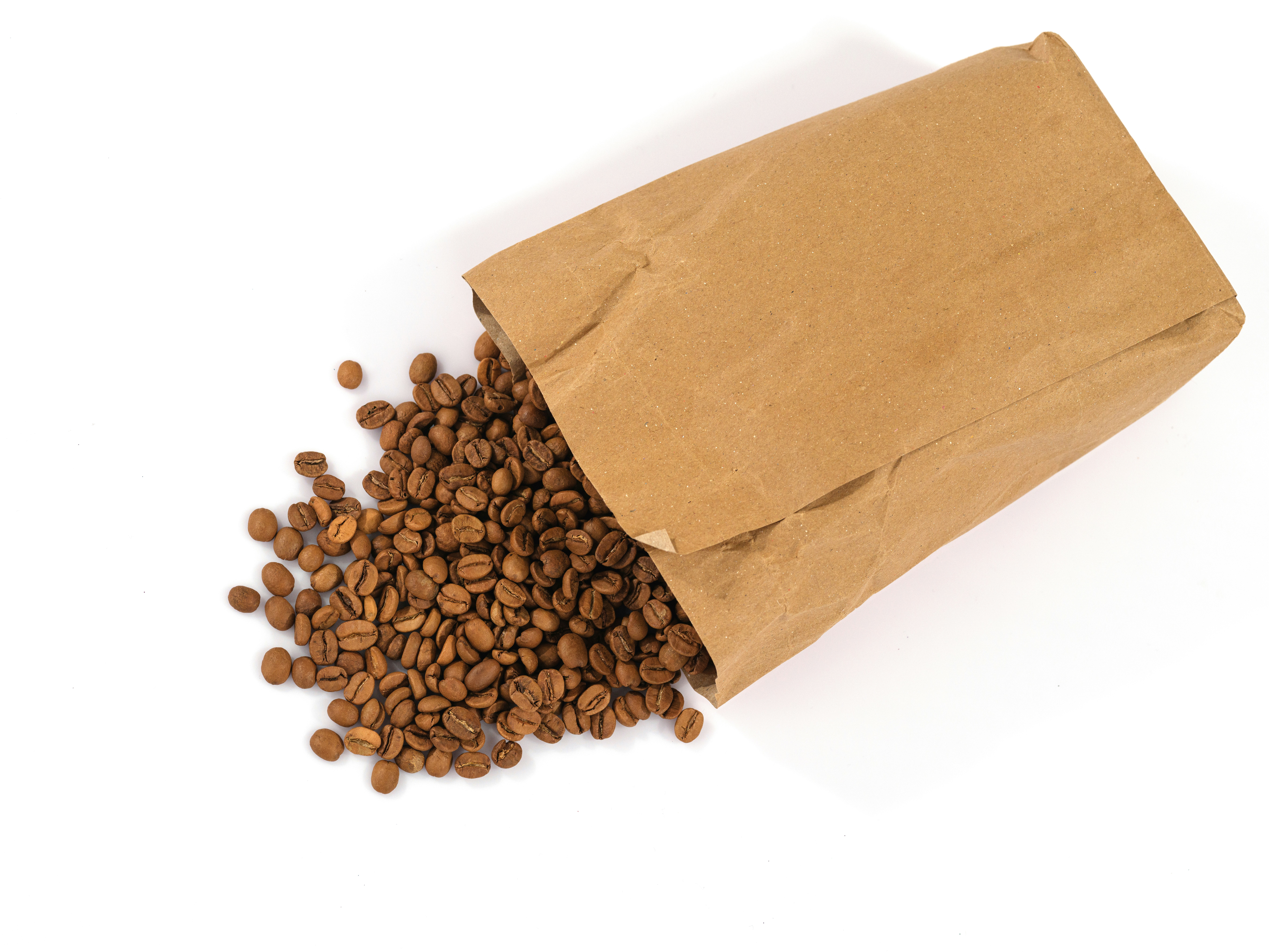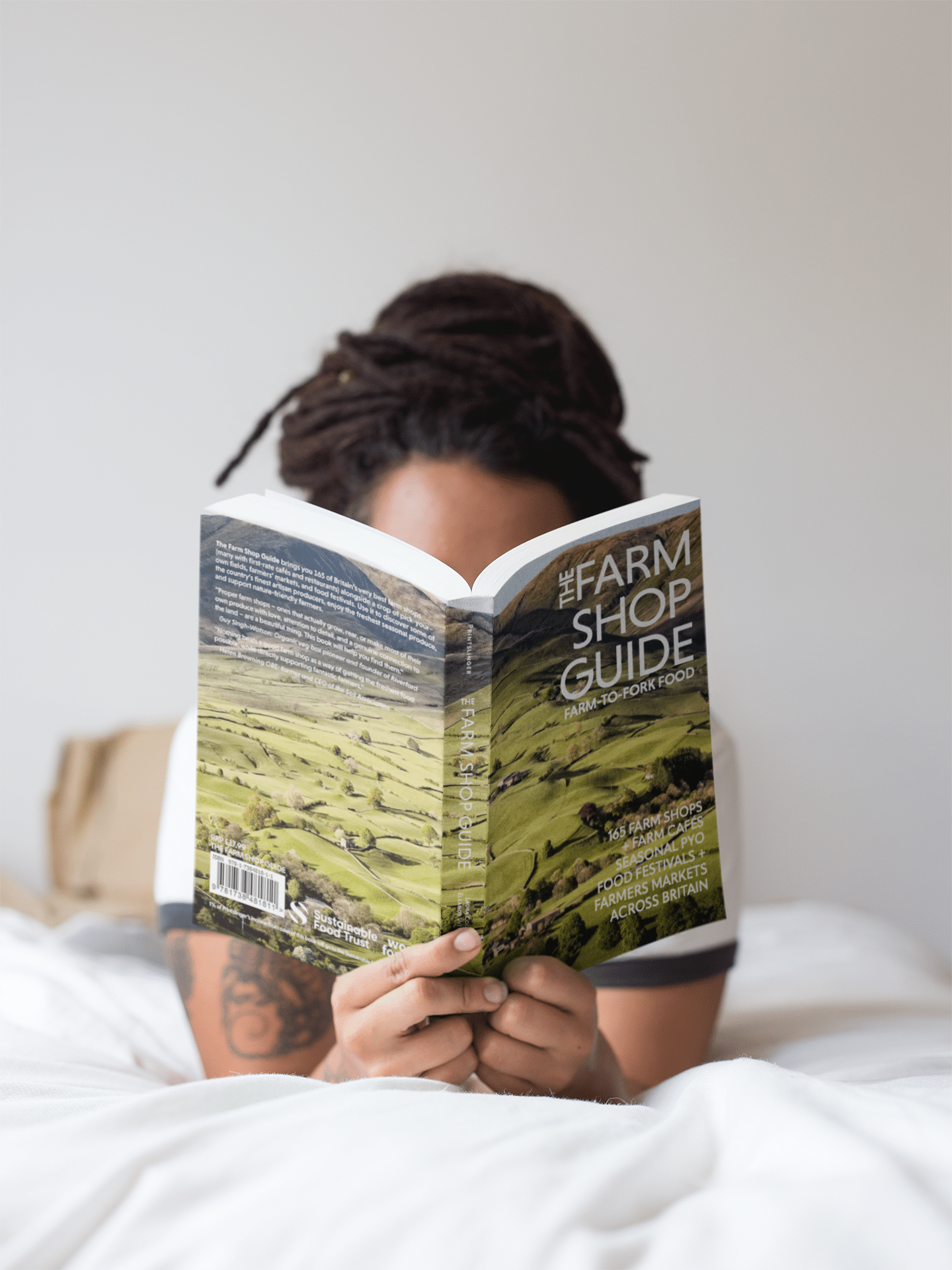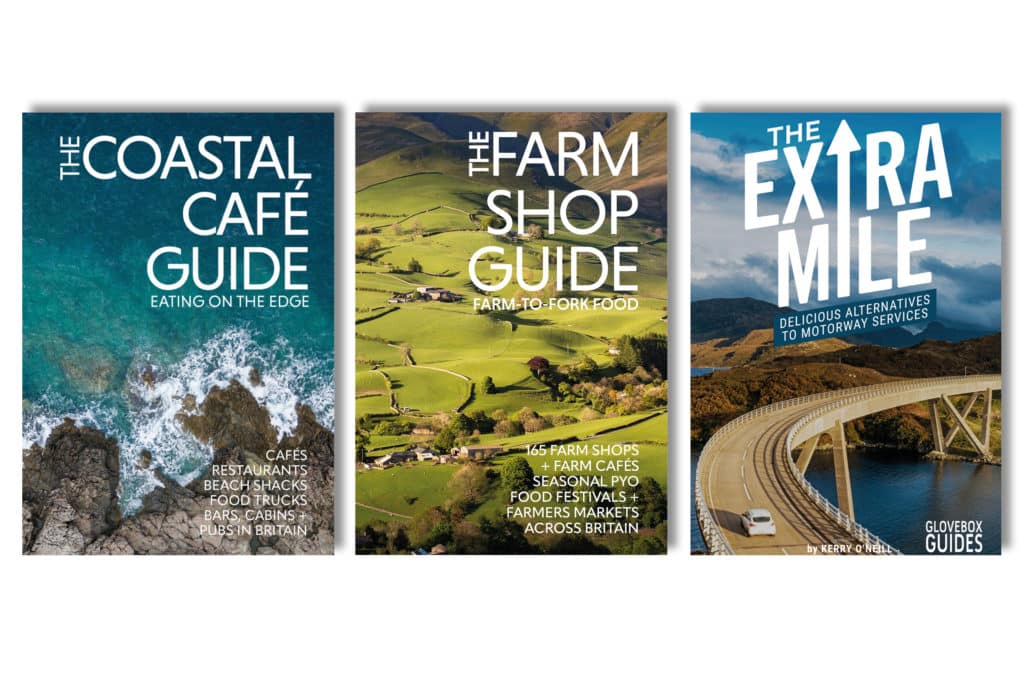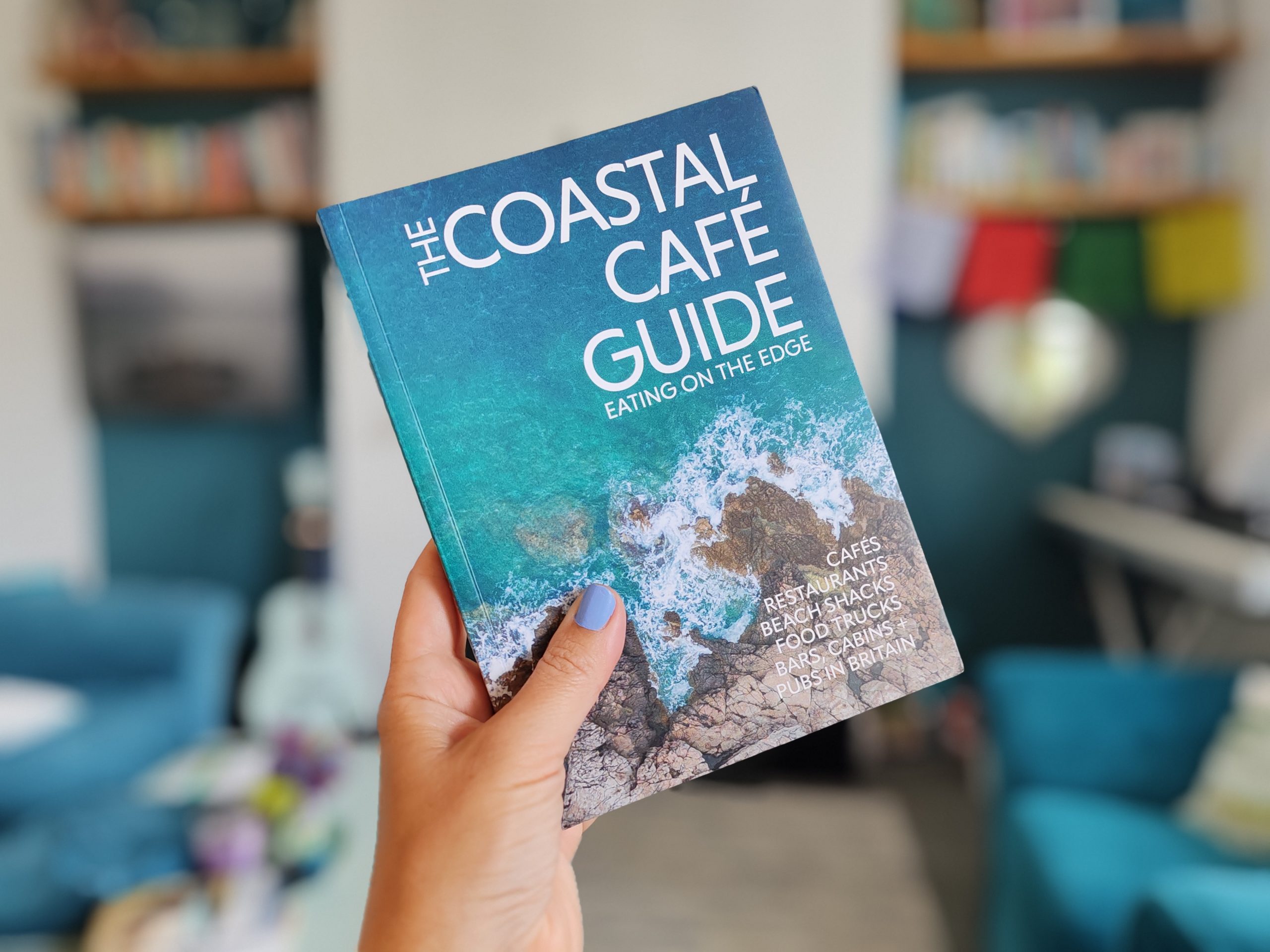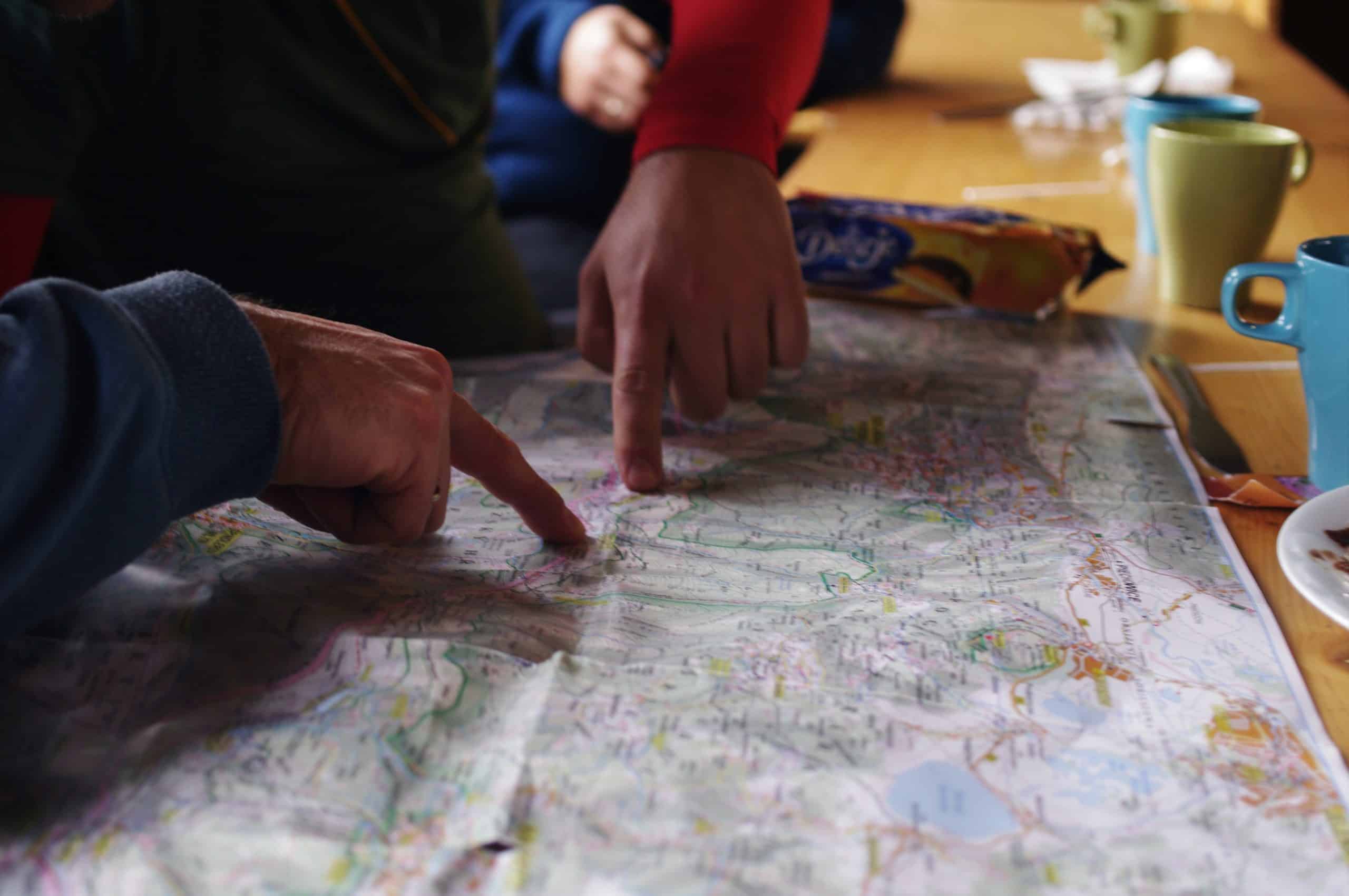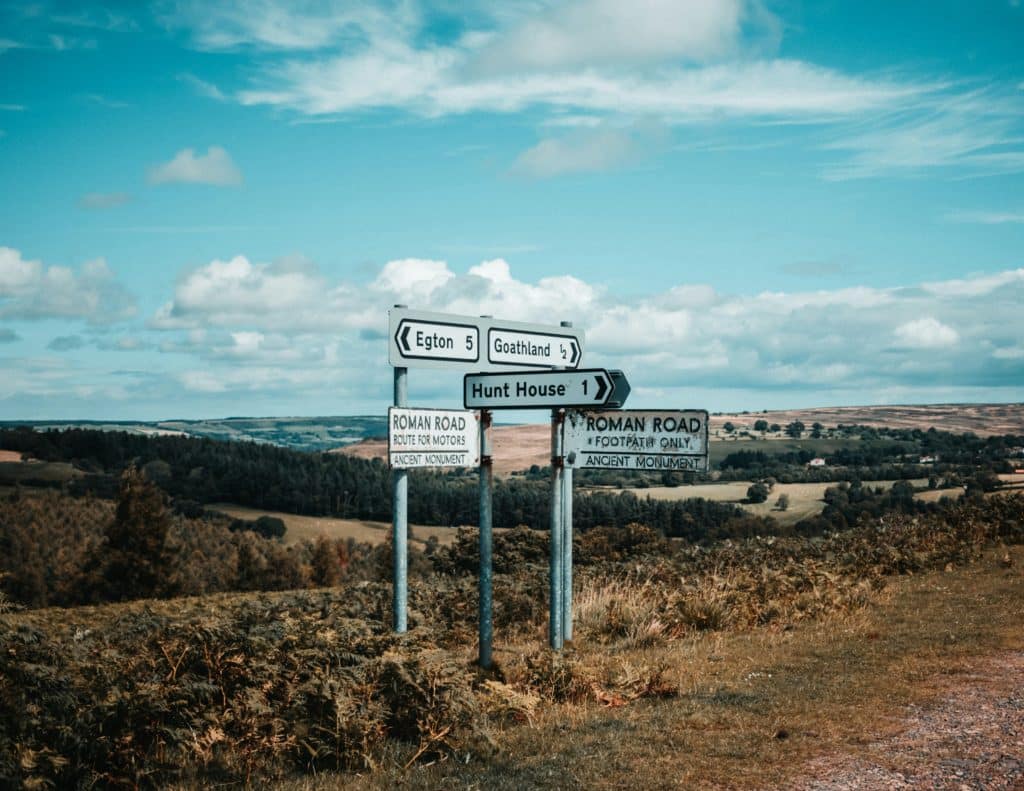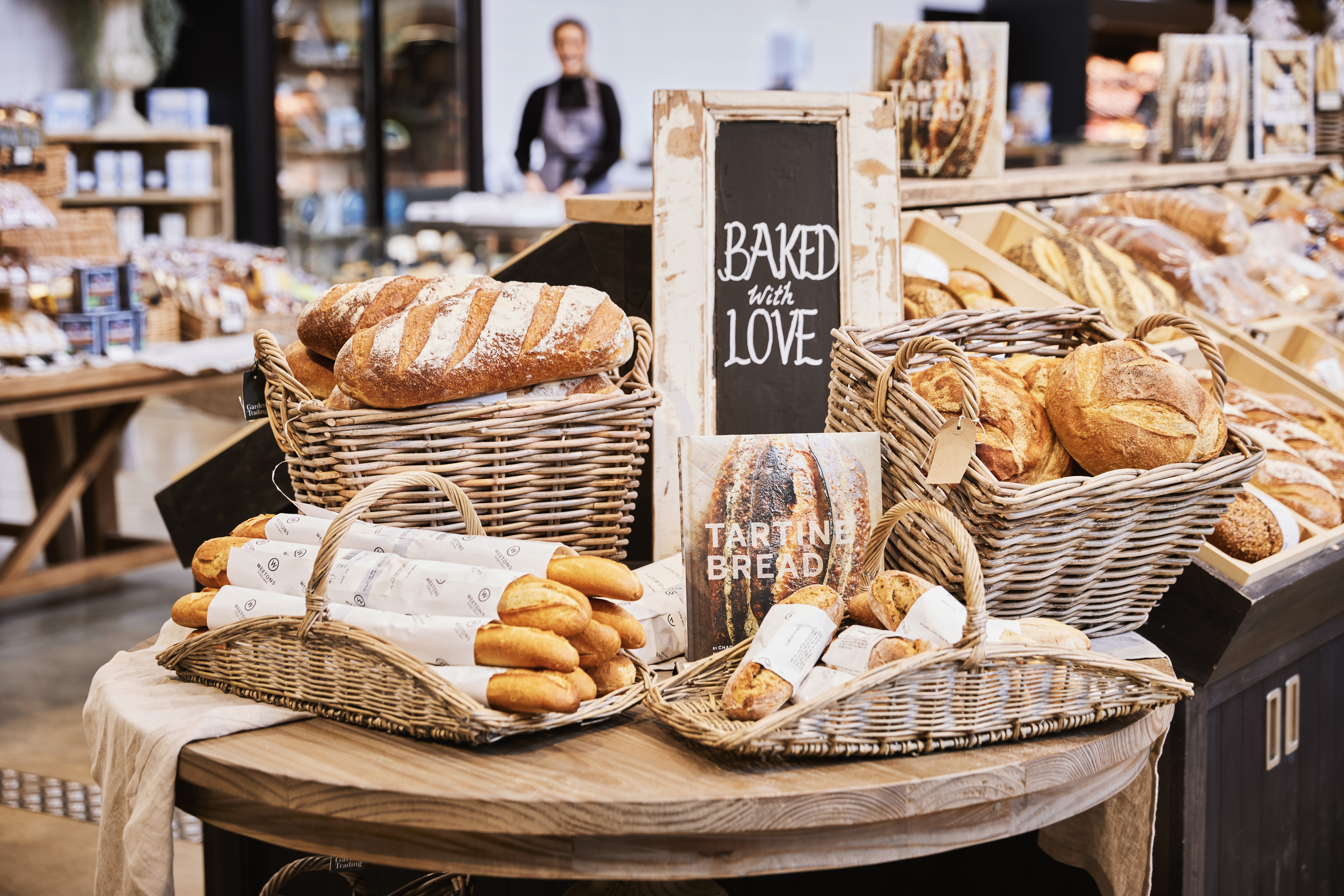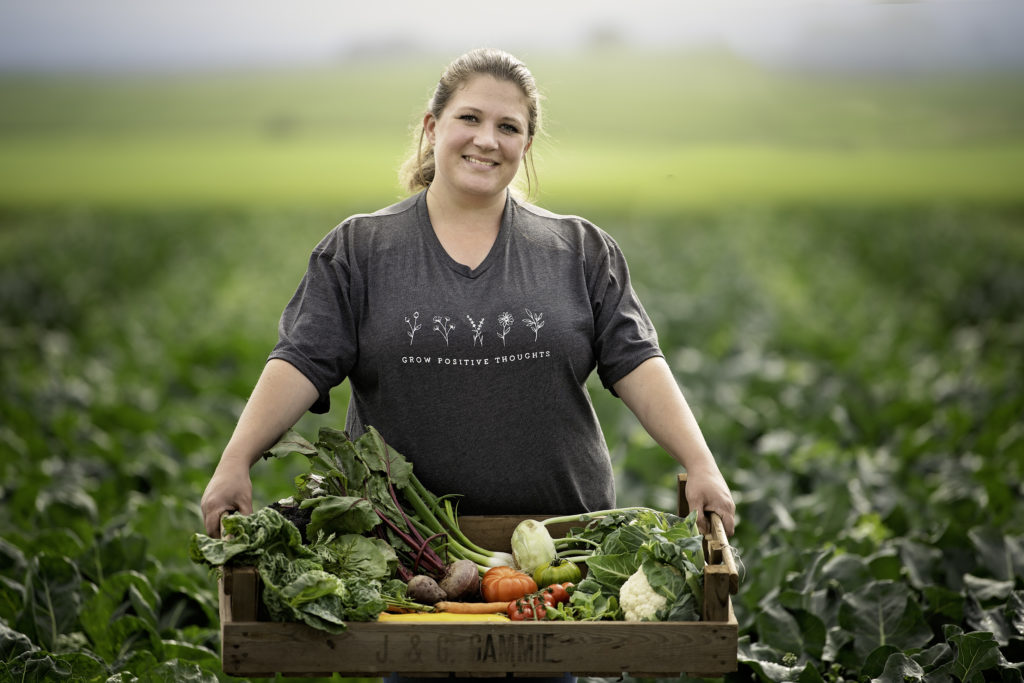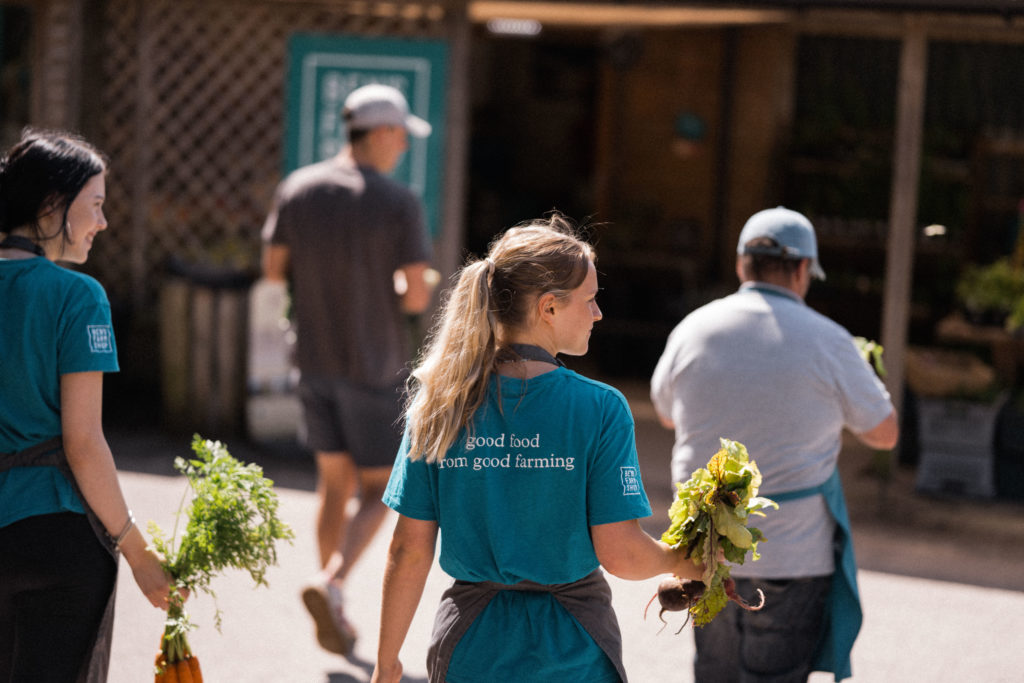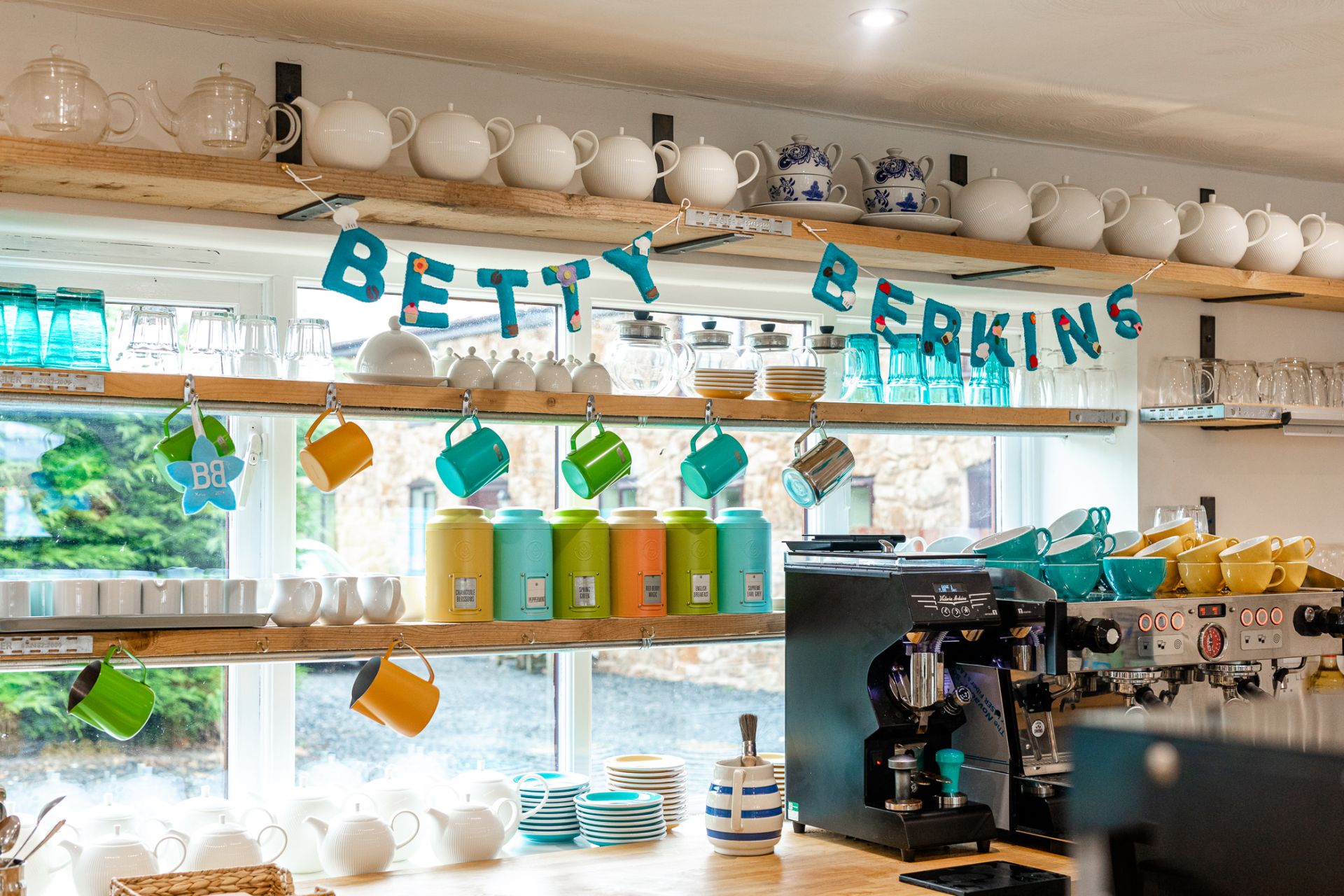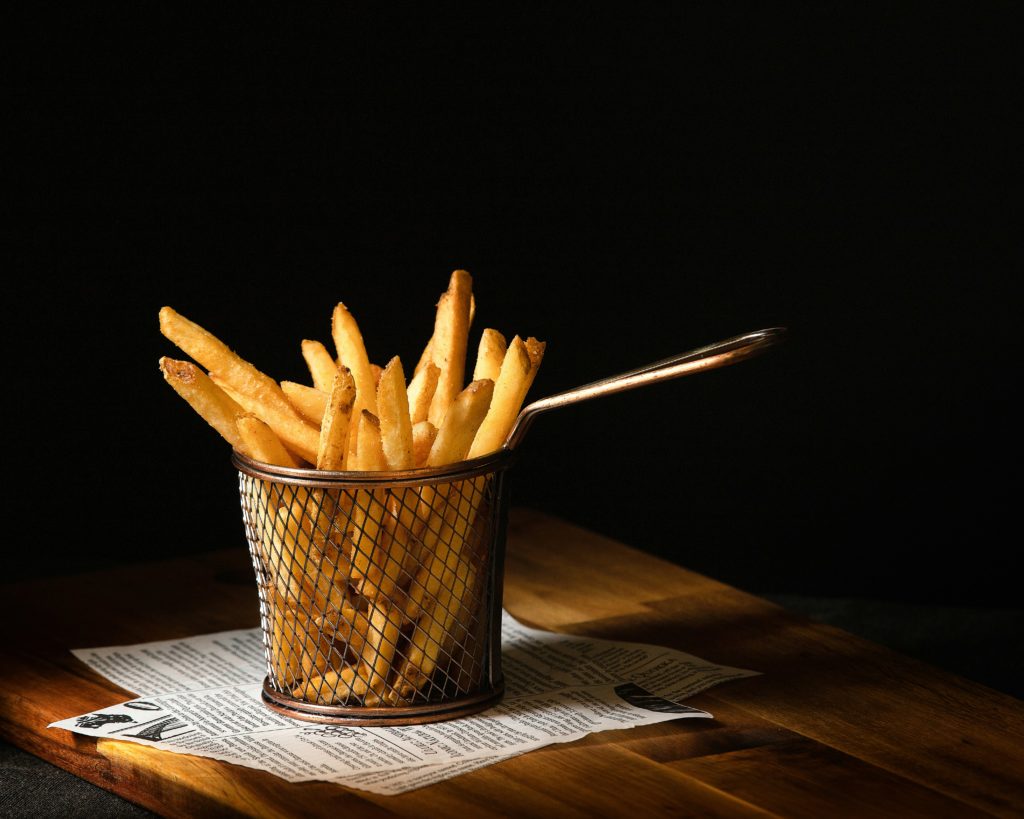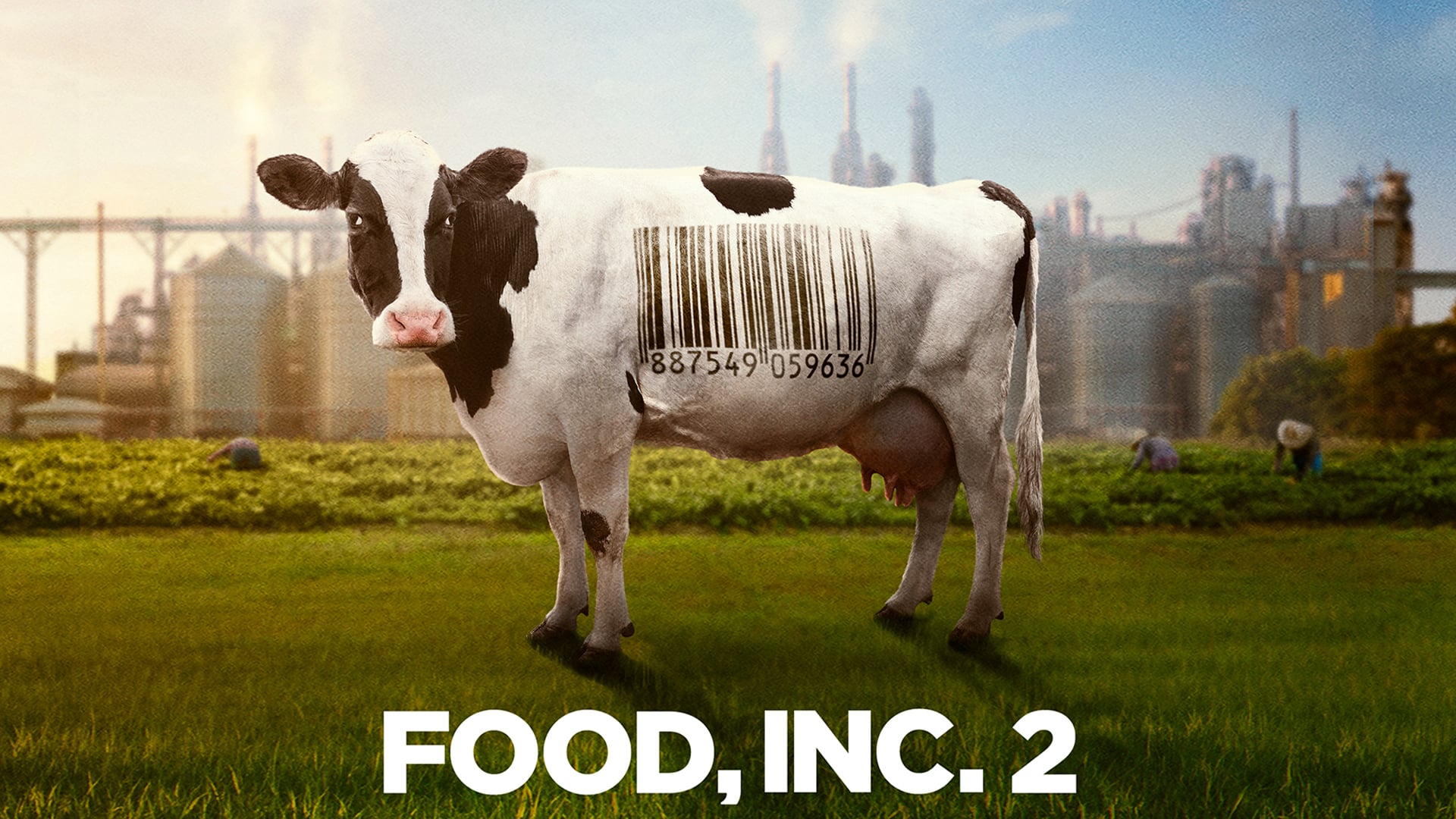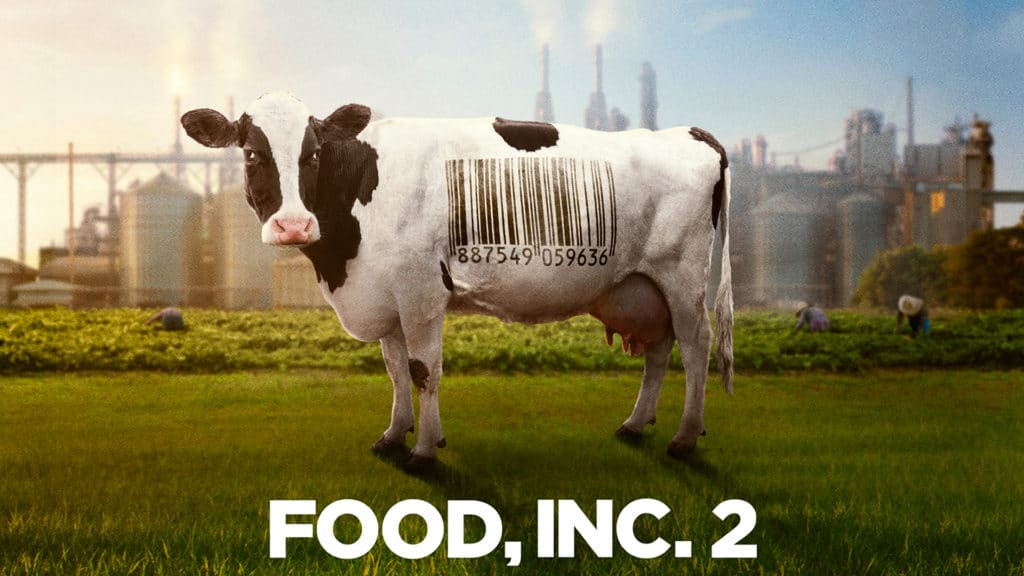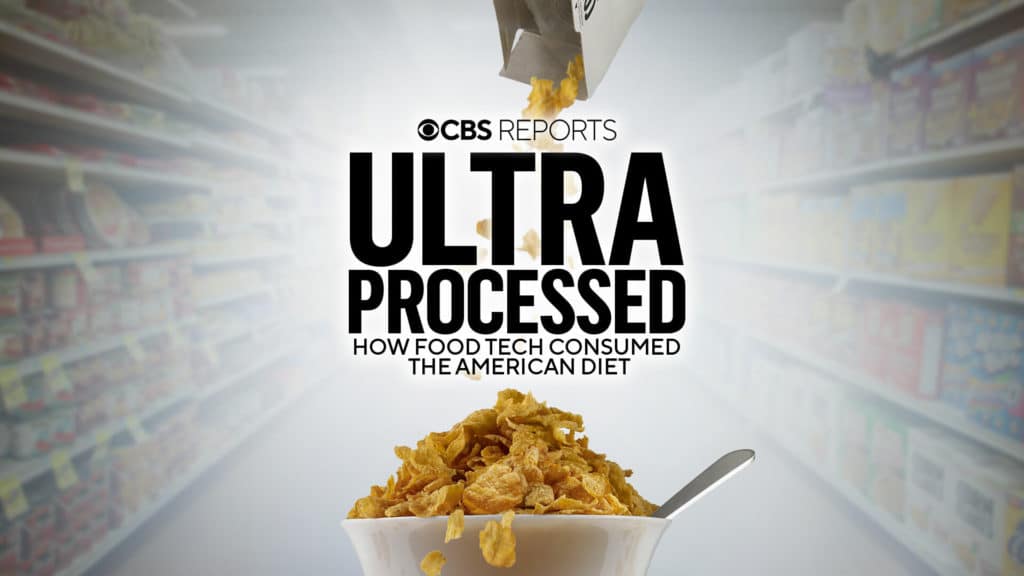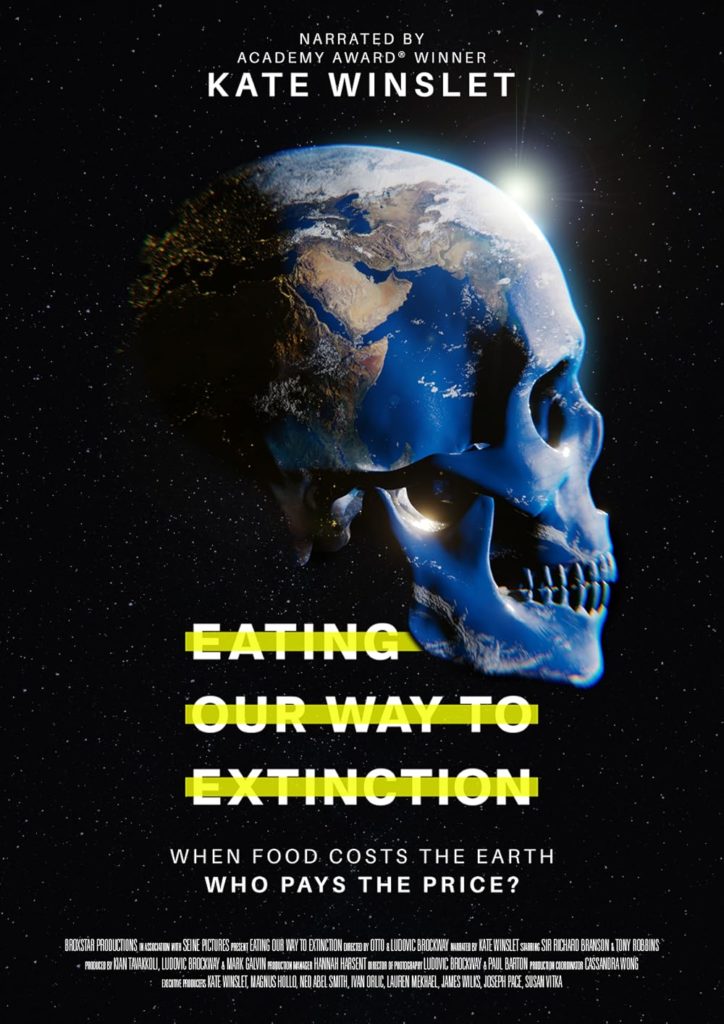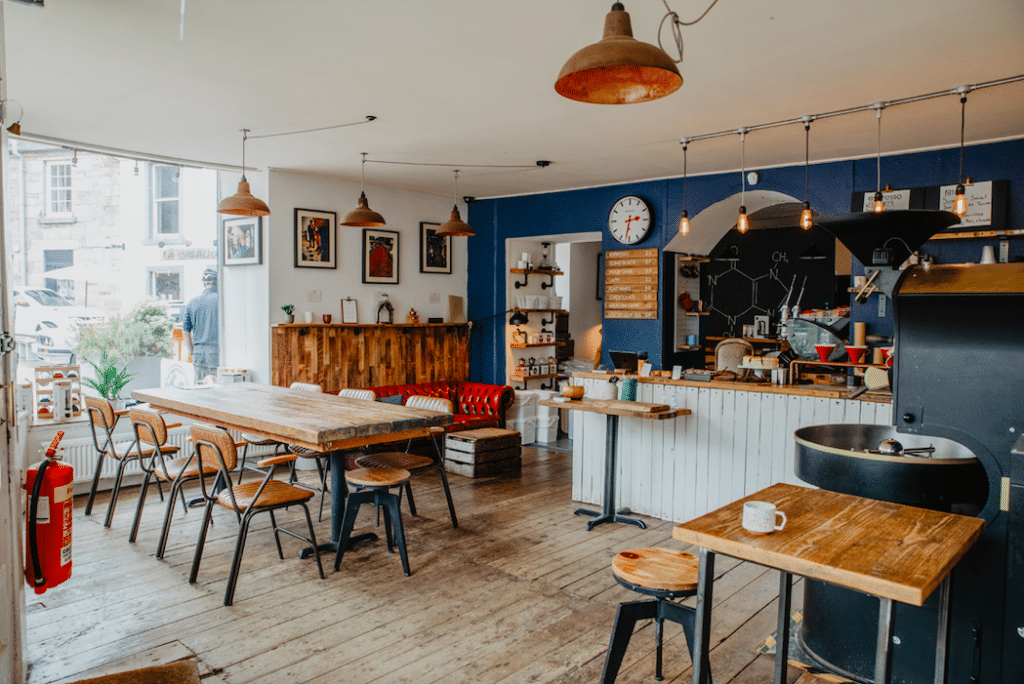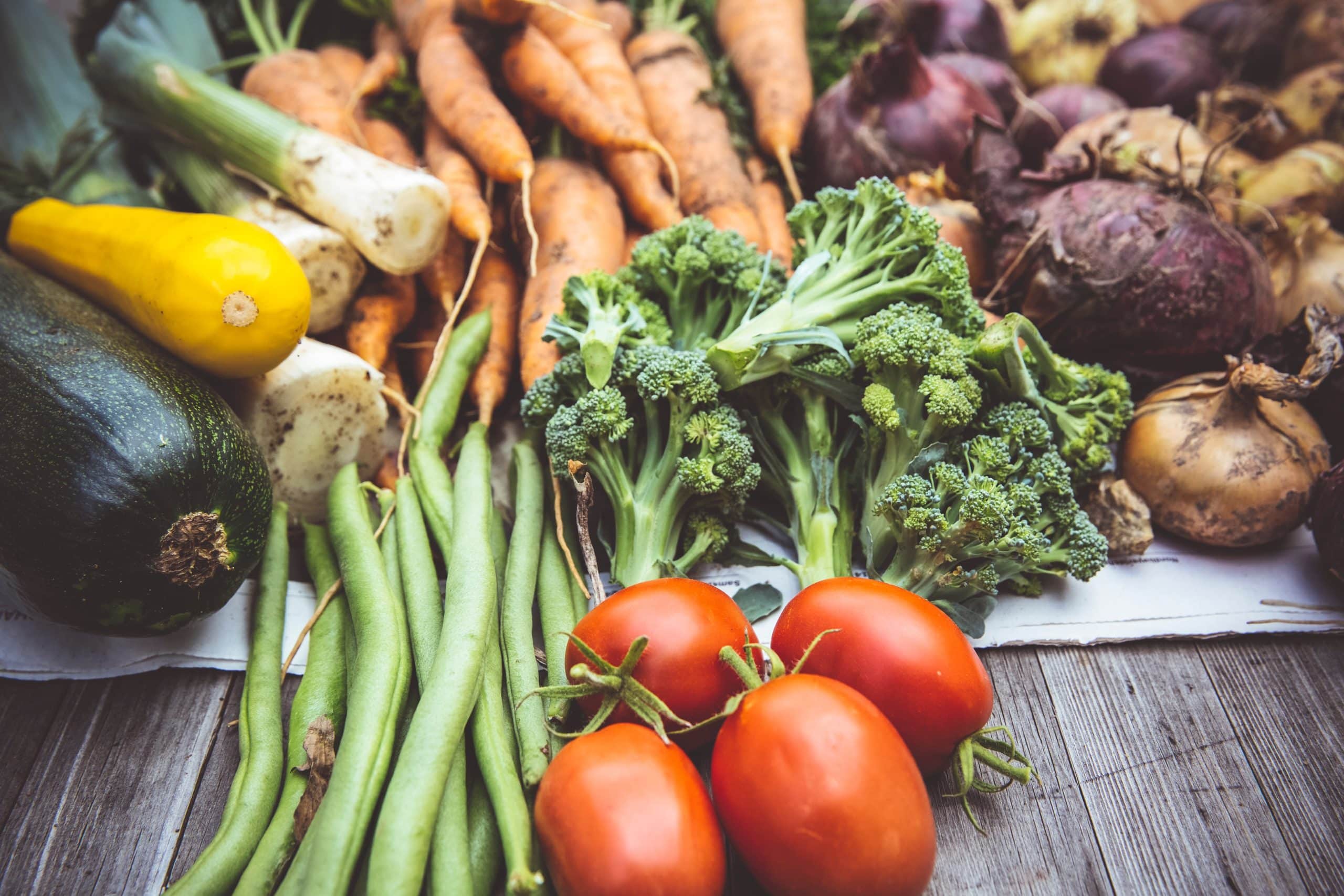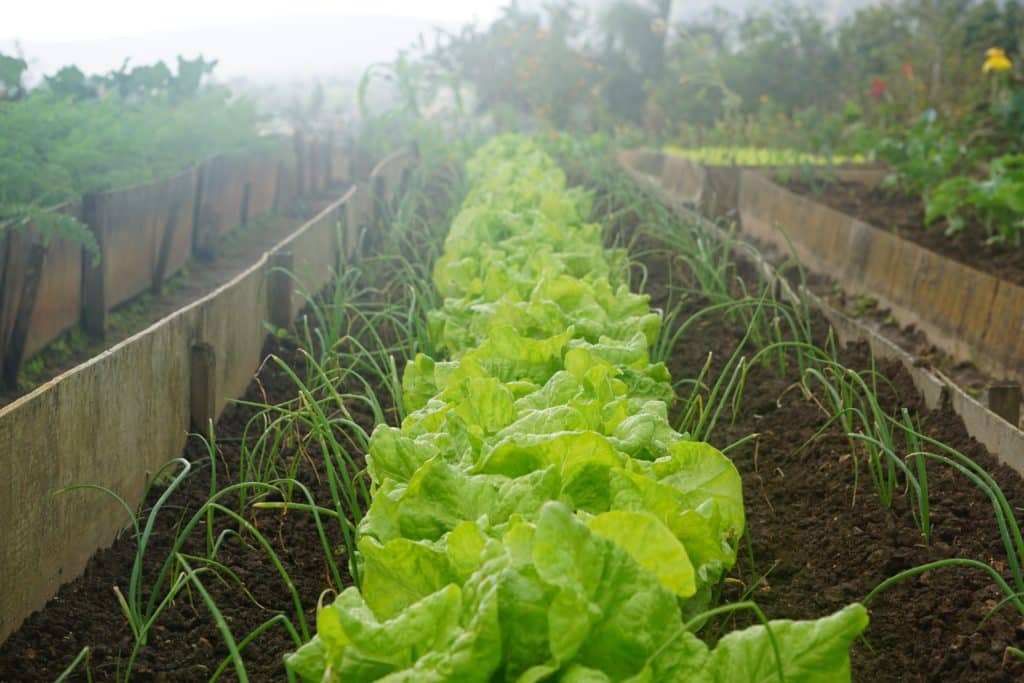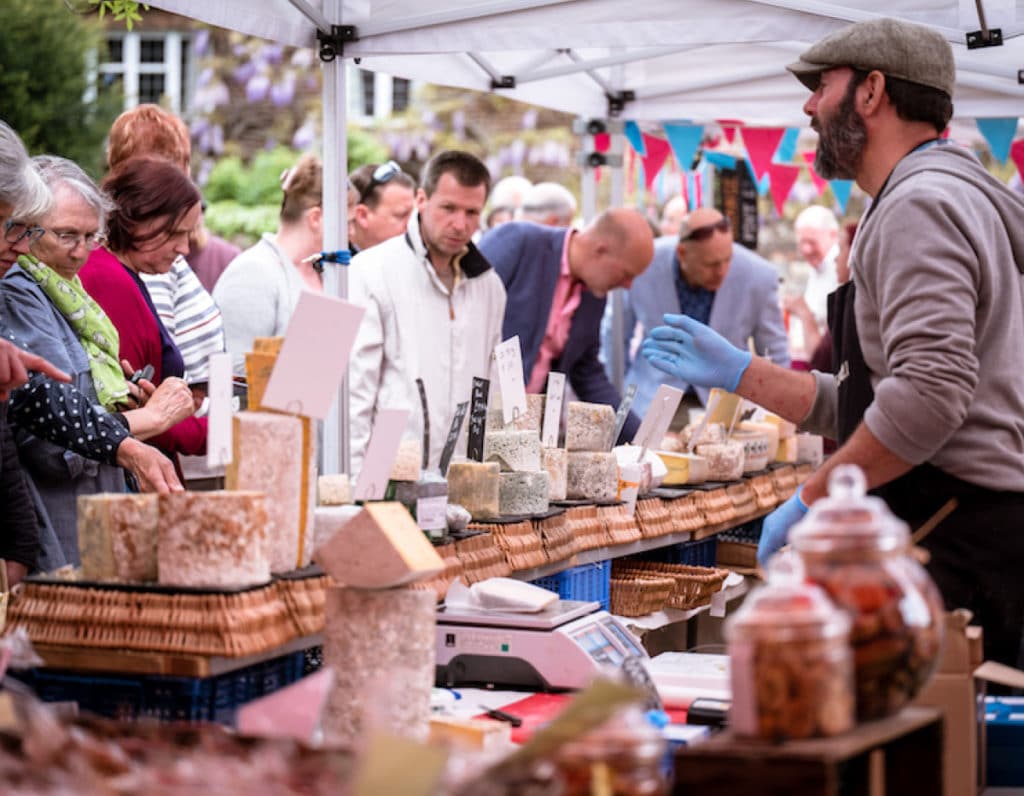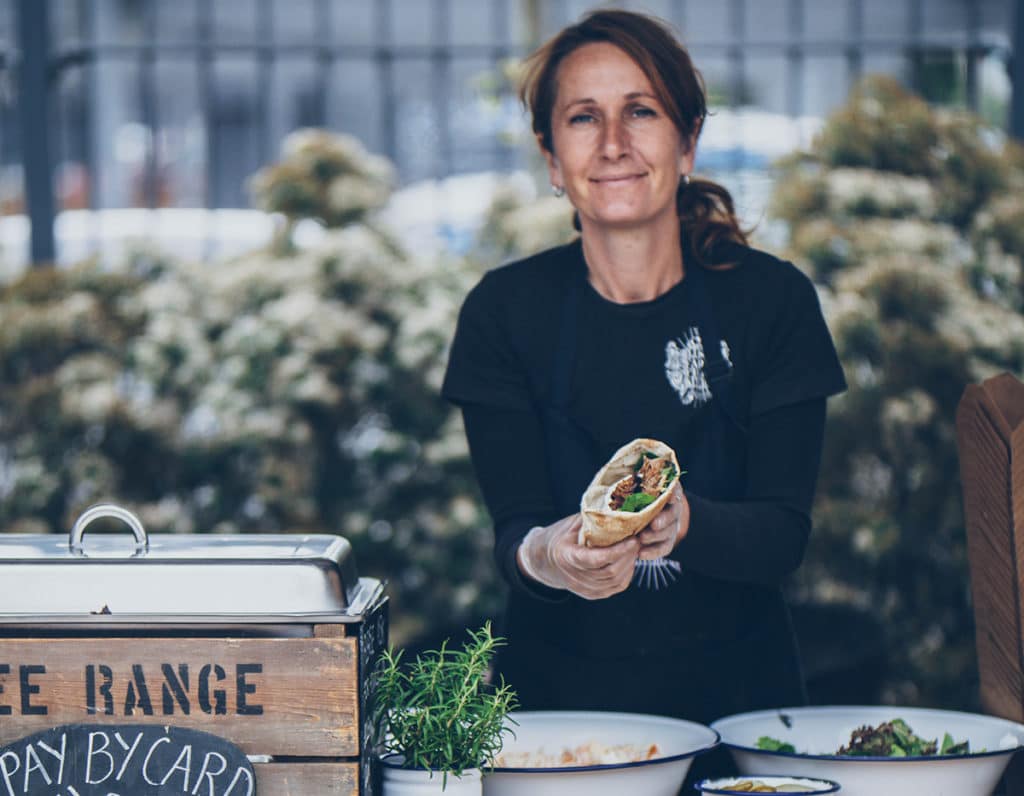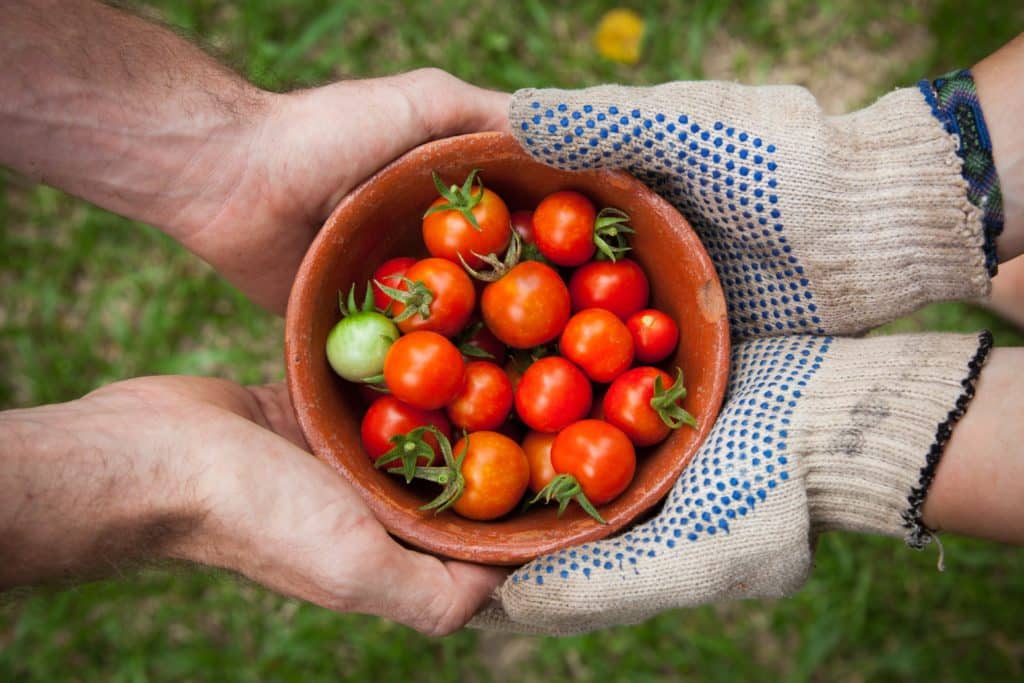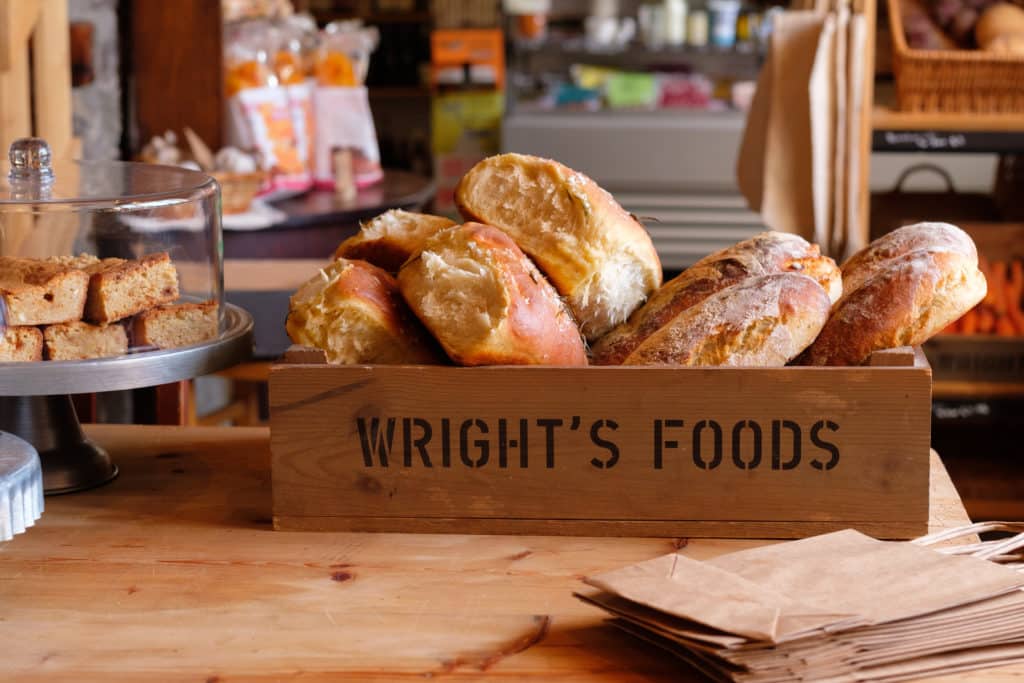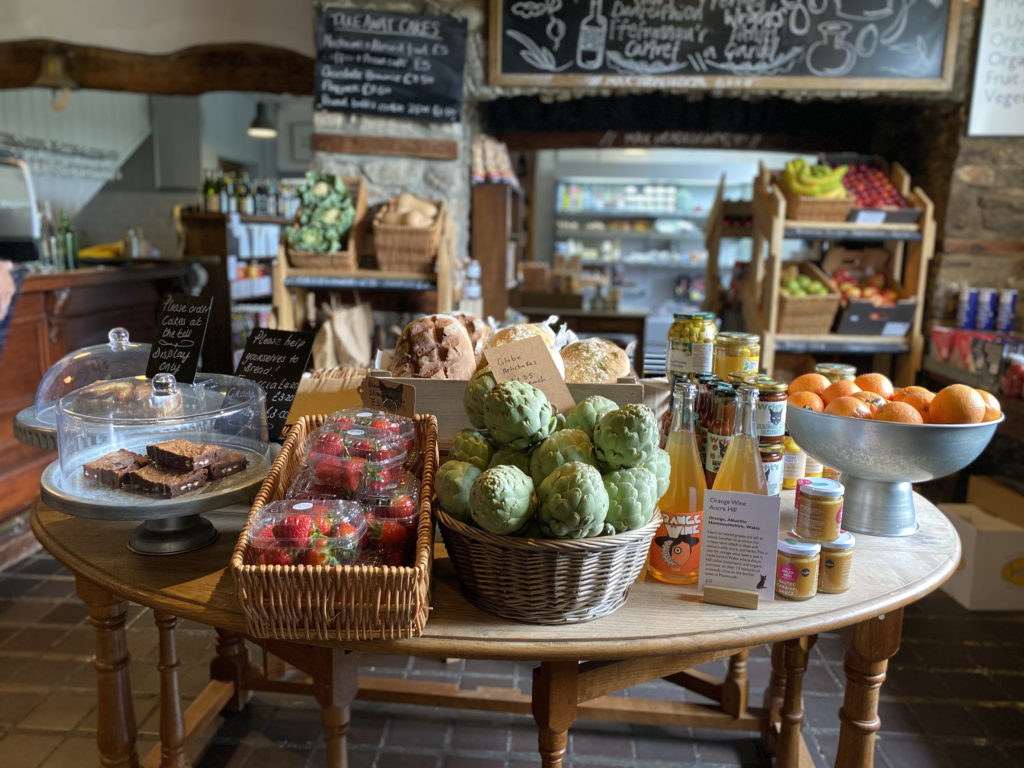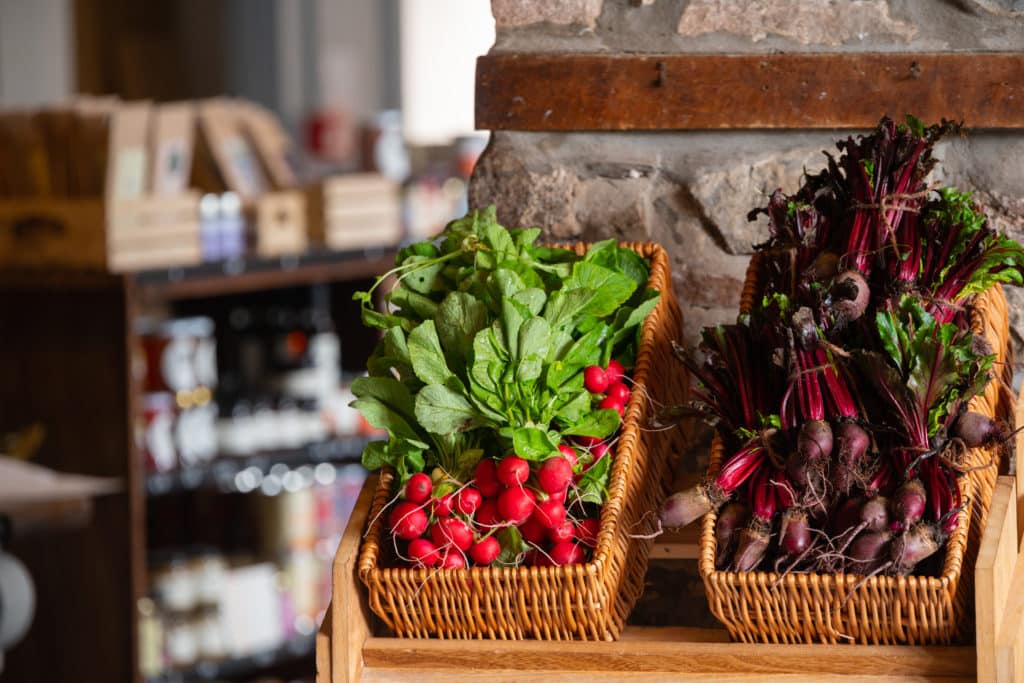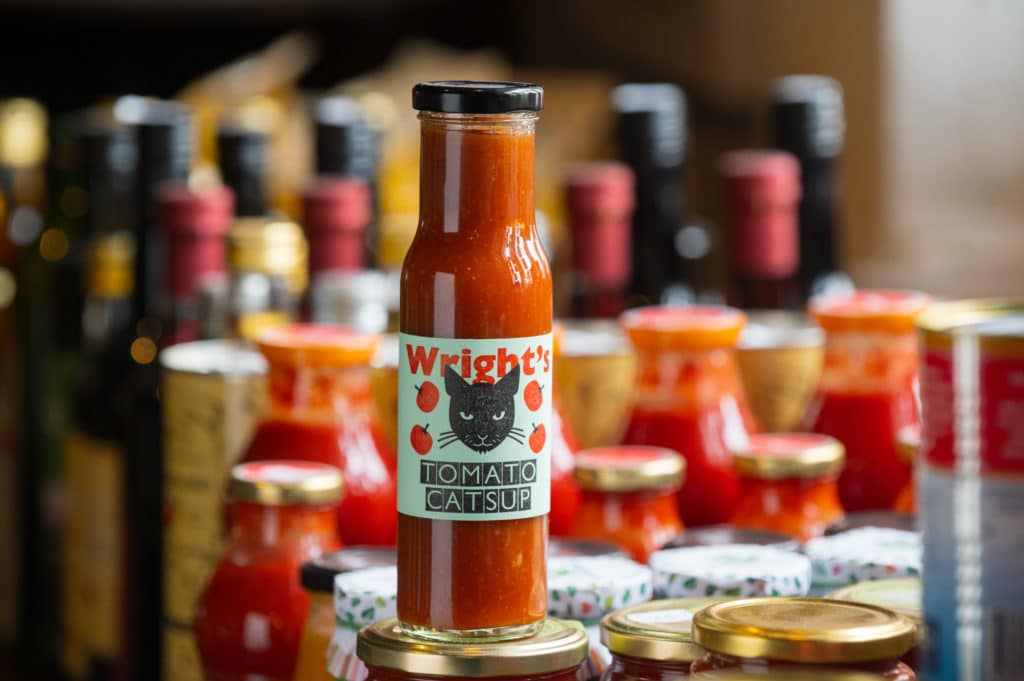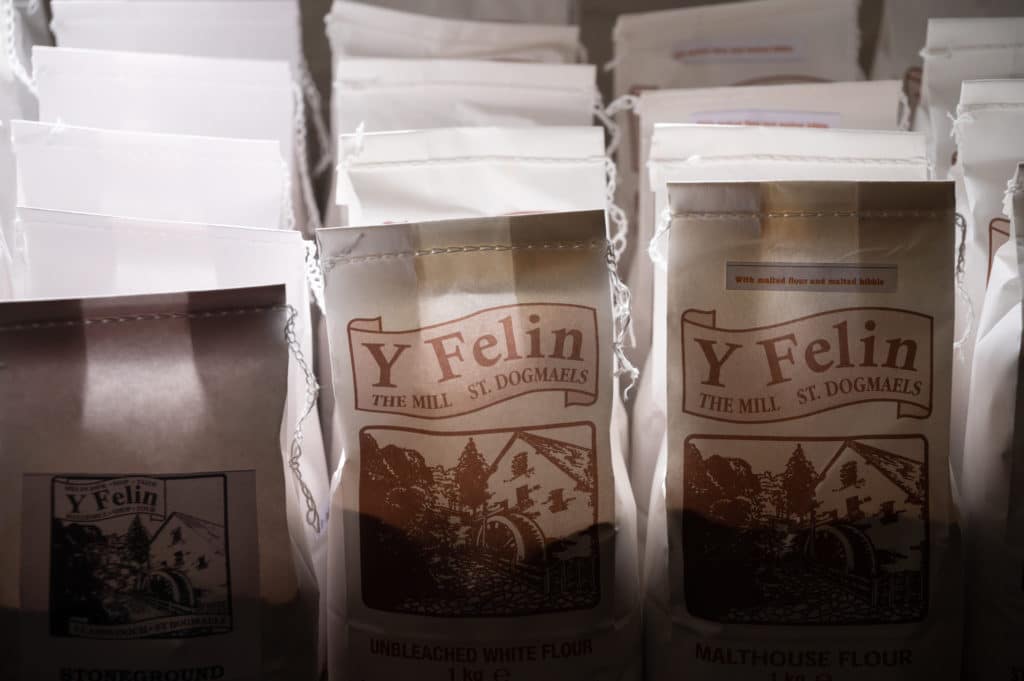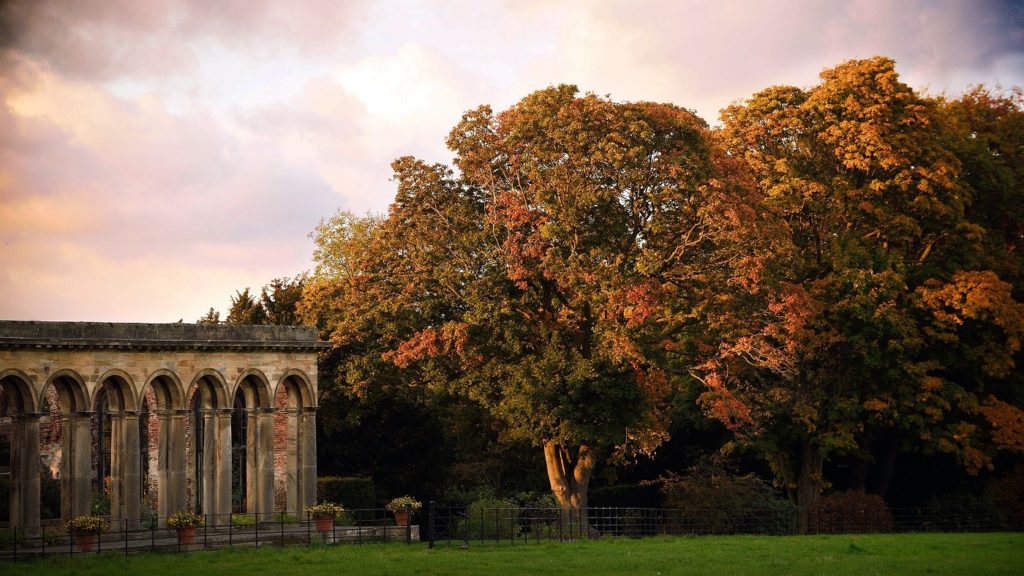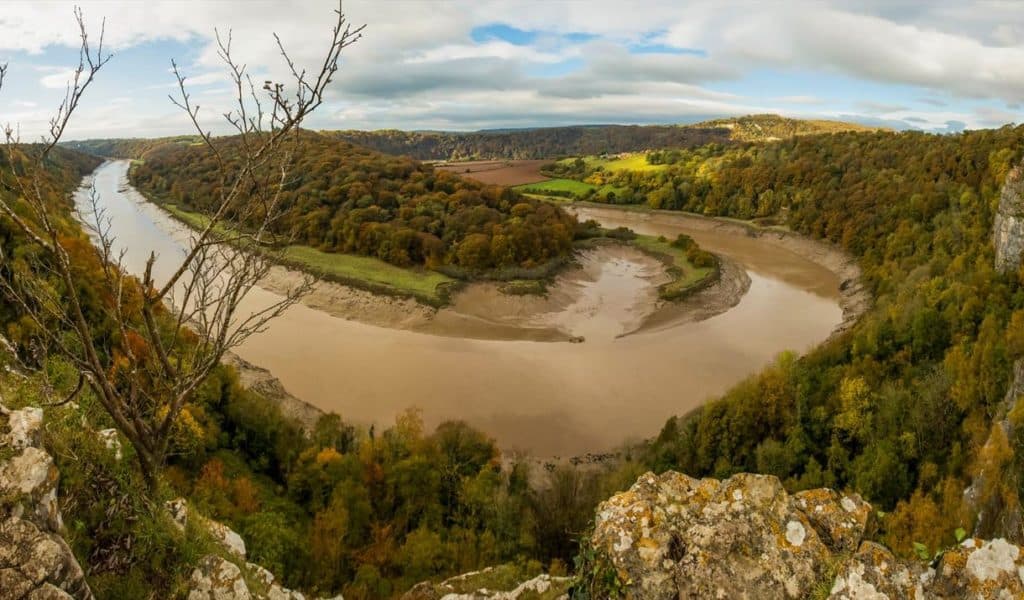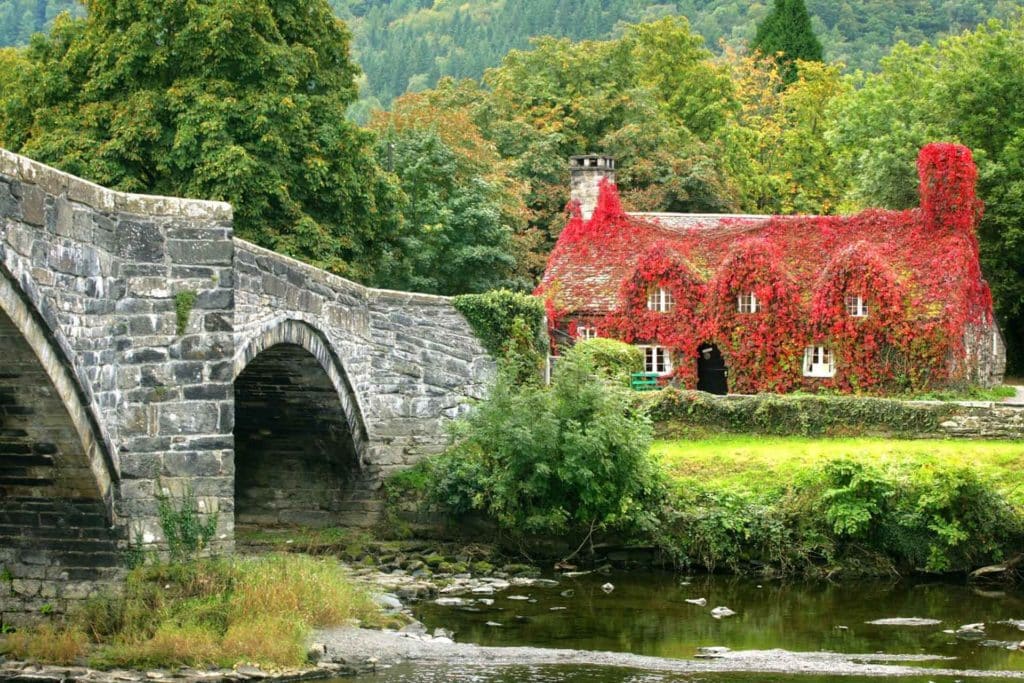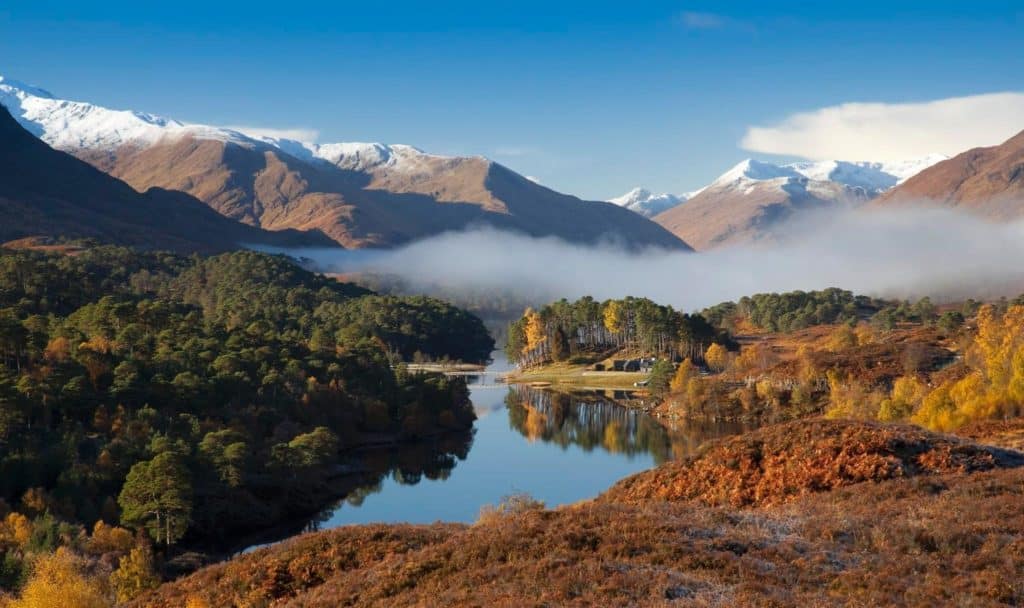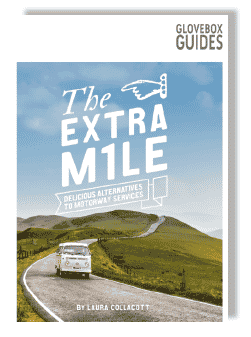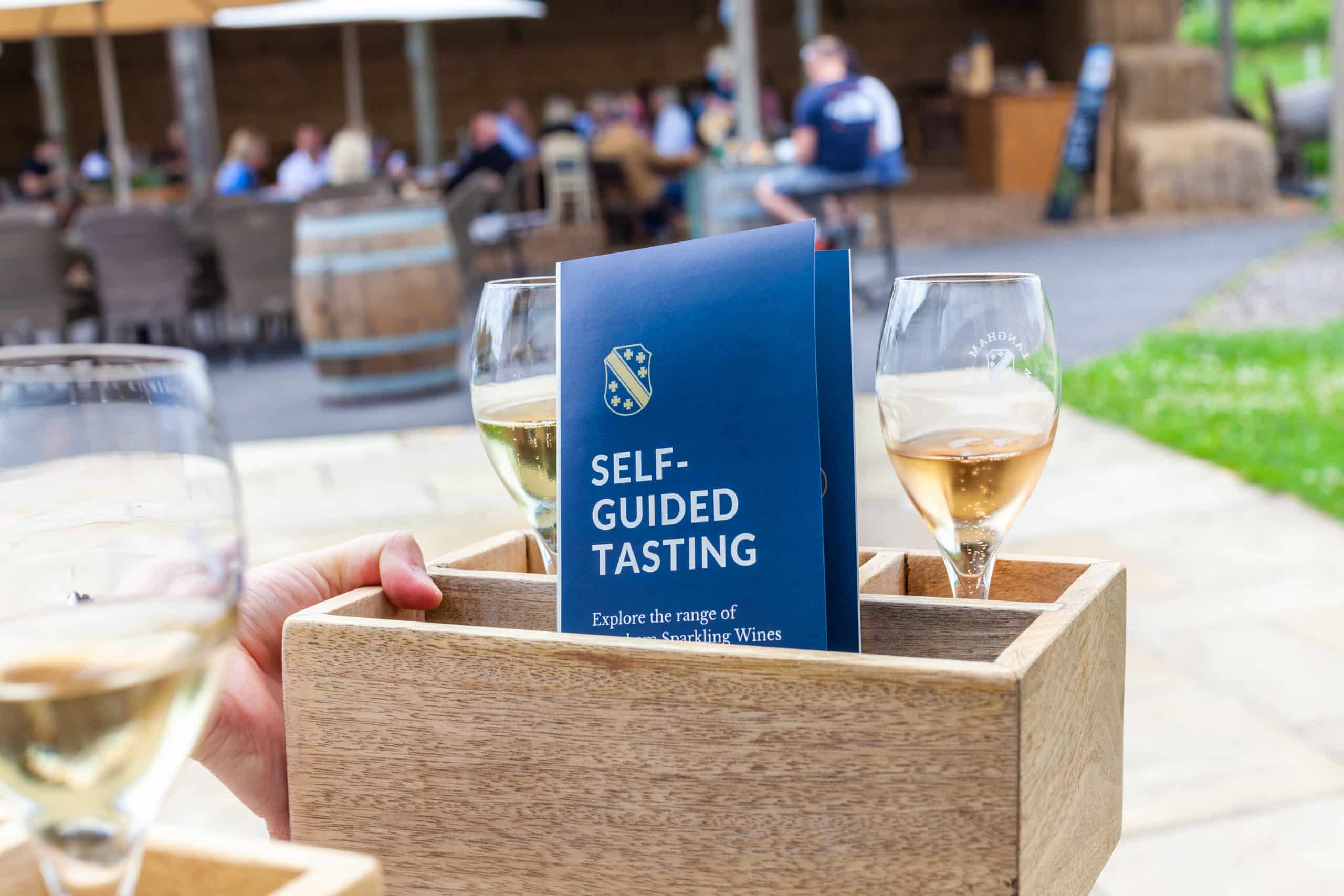
A high-quality quartet of wineries across England
Celebrate English Wine Week with a visit to your closest winery (easier if you live in the southern half of the island but not impossible if you live towards the north!). Whether you’re a seasoned wine lover or simply looking for unique day-out ideas, English Wine Week is the perfect time to discover the vineyards, cellar doors, and farm shops championing English wine.
Featuring many award-winning locations, The Extra Mile Guide is your trusted companion for finding independent food and drink stops just off your beaten track. If you’re searching for English Wine Week inspiration, our guidebook has a few local numbers and artisan vineyards up its sleeve, alongside family-run delis, and off-motorway pit-stops where you can sip and savour your way through the week.
It’s going to be another long hot weekend: pen in your visits, tours and tastings now and stay cool in the sunshine.
1. Heron Farm Vineyard, Honiton, Devon
There’s so much to say about Heron Farm Vineyard that we almost need to drop the little joining words altogether and just line all the award-winning nouns and wines up, end-to-end.
Magic happens in this Grand Designs building encircled by acres of working farm. It’s not all about the accolade-soaked wines, either, though the Solaris and Pinot Noir grapes thrive in their Devon soil. The farm and gift shop is lovely and the vineyard café excels with fresh kitchen-garden-to-table dishes, from curried pollock to cauliflower steak, often garnished with bright flowers. Sheep wander, the walled gardens delight and a Vineyard Walk weaves through the orchard, Fairy Gardens and some of the 3,000 vines.
First-time visitors (drawn by the added bonus of several EV chargers) often return with time on their hands and room in their boots for local gin and rum as well as vino. Plan your own first trip, tour or tasting and explore the pretty market town of Honiton afterwards.
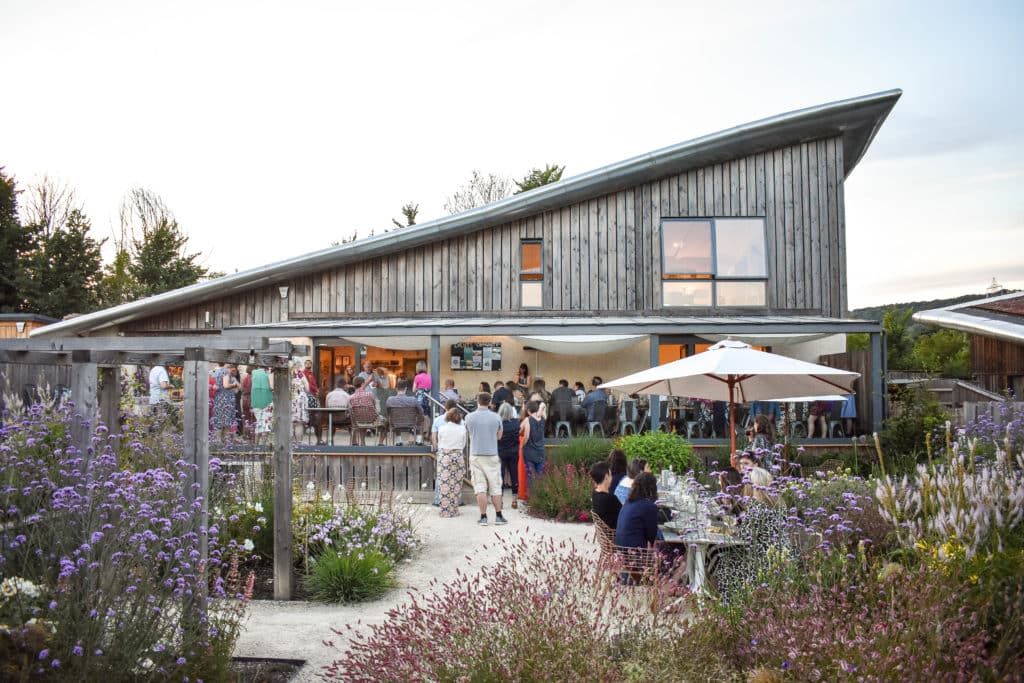
2. Darts Farm, Topsham, nr Exeter
Darts Farm, on the Exe estuary, is a vibrant farming, shopping and eating hub. Links to the soil are strong with the family’s Ruby Red Devon cattle grazing on the river banks nearby. Reconnect with nature by visiting the animals, following the farm walk or spotting wildlife from the wetlands bird hide.
A highlight of a visit to Darts Farm is their Pebblebed Vineyards; head online to learn about their tours and tasting which run throughout summer until September (generally Thursdays and Saturdays, check and book ahead).
Darts’ food hall brims with locally reared, caught or made goodies: seasonal produce from the farm and vineyard, deli goods like British farmhouse cheese and West Country essentials from the region’s food and drink artisans. The butchery is the quiet star of this show (though the bean-to-bar chocolate and homemade gelato of in-house chocolatier, Cow & Cacao, is catching up).
Follow the fresh-ground coffee aroma to the eateries, whose indoor and outdoor tables maximise the views. Expect Devon cream teas and delicious meals, from pan-fried sea bass to charcuterie platters. The Farm Table works its magic over the flames, The Fish Shed does great fish and chips and The Shack makes a mean steak sandwich.
3. Langham Wine Estate
The Langham Wine Estate is a wall-to-wall, grape to glass delight. Not content with being an international sparkling wine producer of the year award winner – take a bottle of the Pinot Meunier Extra Brut home – the winery also has a rustic café and outdoor pizza kitchen.
Walk-ins are welcome, though book online in summer to secure a spot in the café or hay-stacked barn, or at a bench amongst the vines and pretty hedgerows. Sharing and seafood platters are piled high with bright delicacies, and local ales and ciders join the homegrown wines on the menu. The Portland crab open focaccia is fab, the soft cheese soaked in Kalamata olive brine a salty speciality, and the Dorset posh ploughman’s a window into local fruits and flavours.
Feast your eyes on the grape-filled greenery with a guided tour, opt for the self-guided walking tour with a wine tasting flight, or enjoy your pre-ordered picnic within the satisfying symmetry of the vineyard.
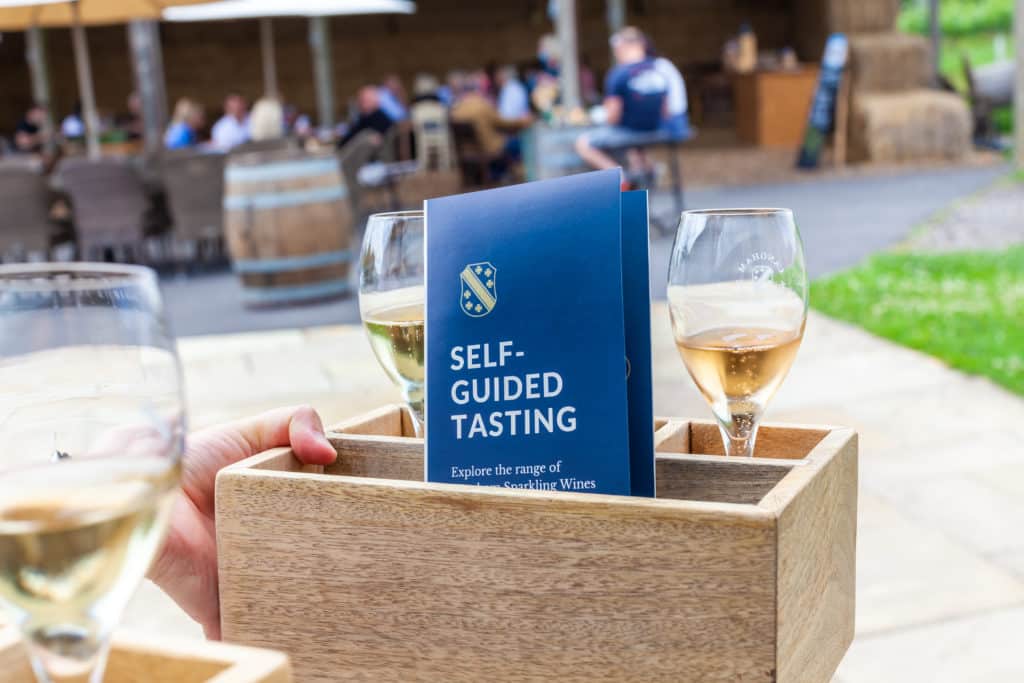
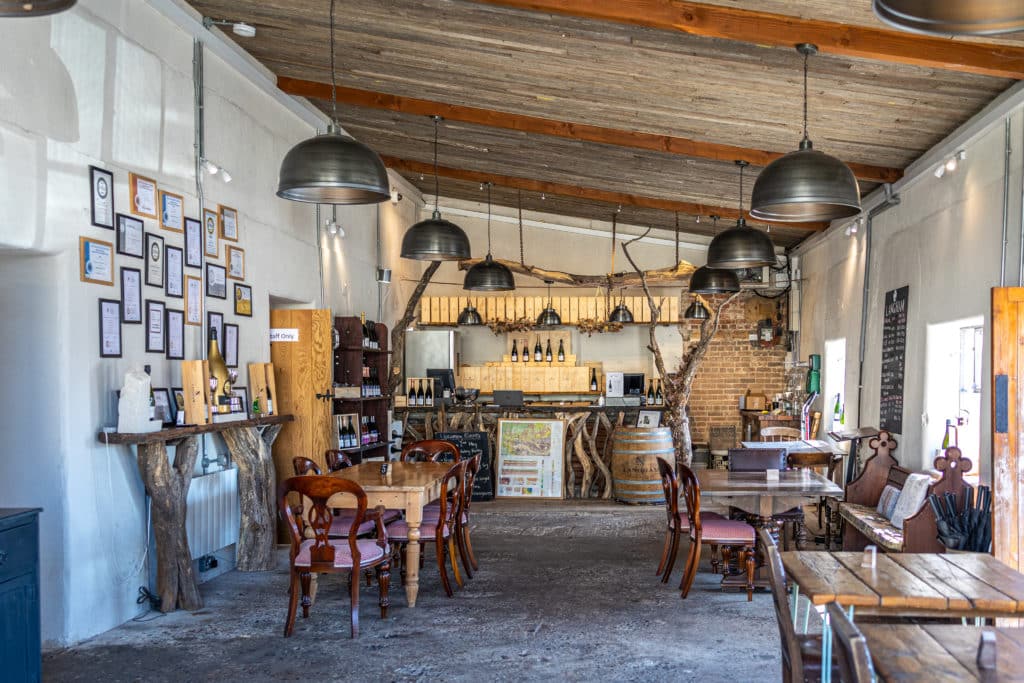
4. Squerrys Estate, Westerham, Kent
Squerryes’ family motto means ‘it’s permitted to be joyful’. Joy isn’t merely permitted at this 2,500-acre North Downs estate – gateway to the Garden of England – it’s inescapable. Squerryes has been creating magic for nearly 300 years and bottling it (in the form of sparkling wine) for a good while, too.
Take a table at the estate’s seasonal and sustainable Winery Restaurant next to veritable walls of wine; relax beneath broad parasols in the Garden Café overlooking the rosé vineyard; or plunder the deli’s bountiful larder whose cheese counter is curated by Neal’s Yard, London. Scoop into a creamy Kent blue for a peppery taste of the region.
After a vineyard walk, refill that energy gap with a coffee and light Portuguese tart, as the wine aficionados survey the Cellar Door’s pyramids of home-grown wine. In Westerham, next door, you can learn about the region’s brewing heritage or head south to Winston Churchill’s former home, Chartwell (National Trust), to appreciate its art collection and formal rose garden.
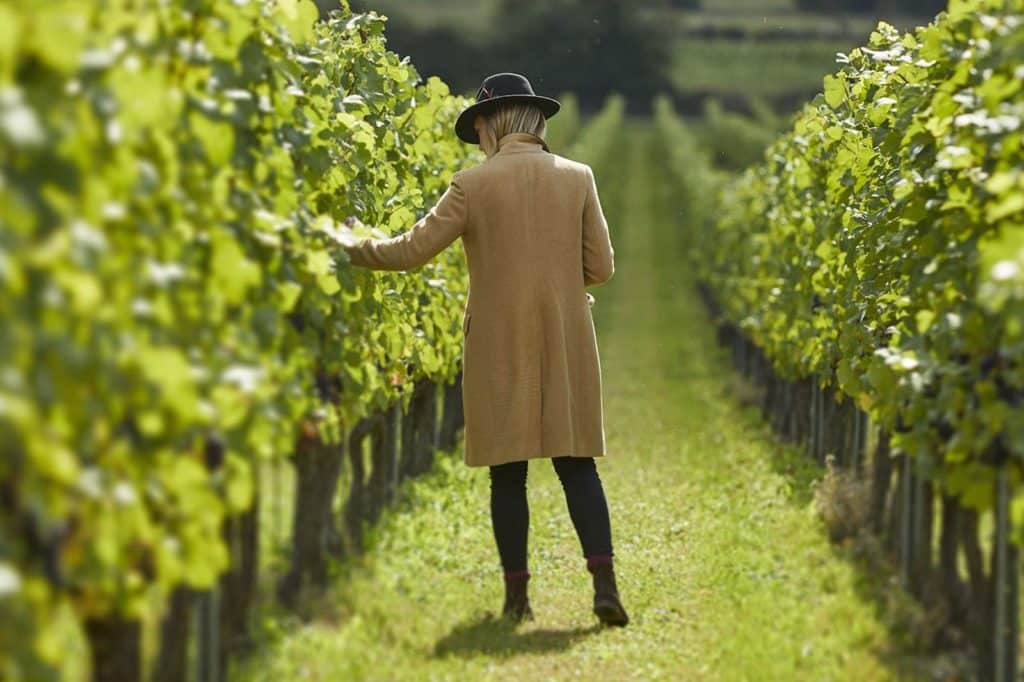
Love a winery-based detour? You'll love our guide
To help you find memorable places to stop just off motorway junctions or while on the road exploring Britain, try The Extra Mile Guide (or our sibling titles, The Farm Shop Guide and The Coastal Café Guide). Packed with hundreds of memorable places to stop, eat and enjoy British food and drink (and wine), the guides will help you plan far more interesting journeys. Browse our books here.

